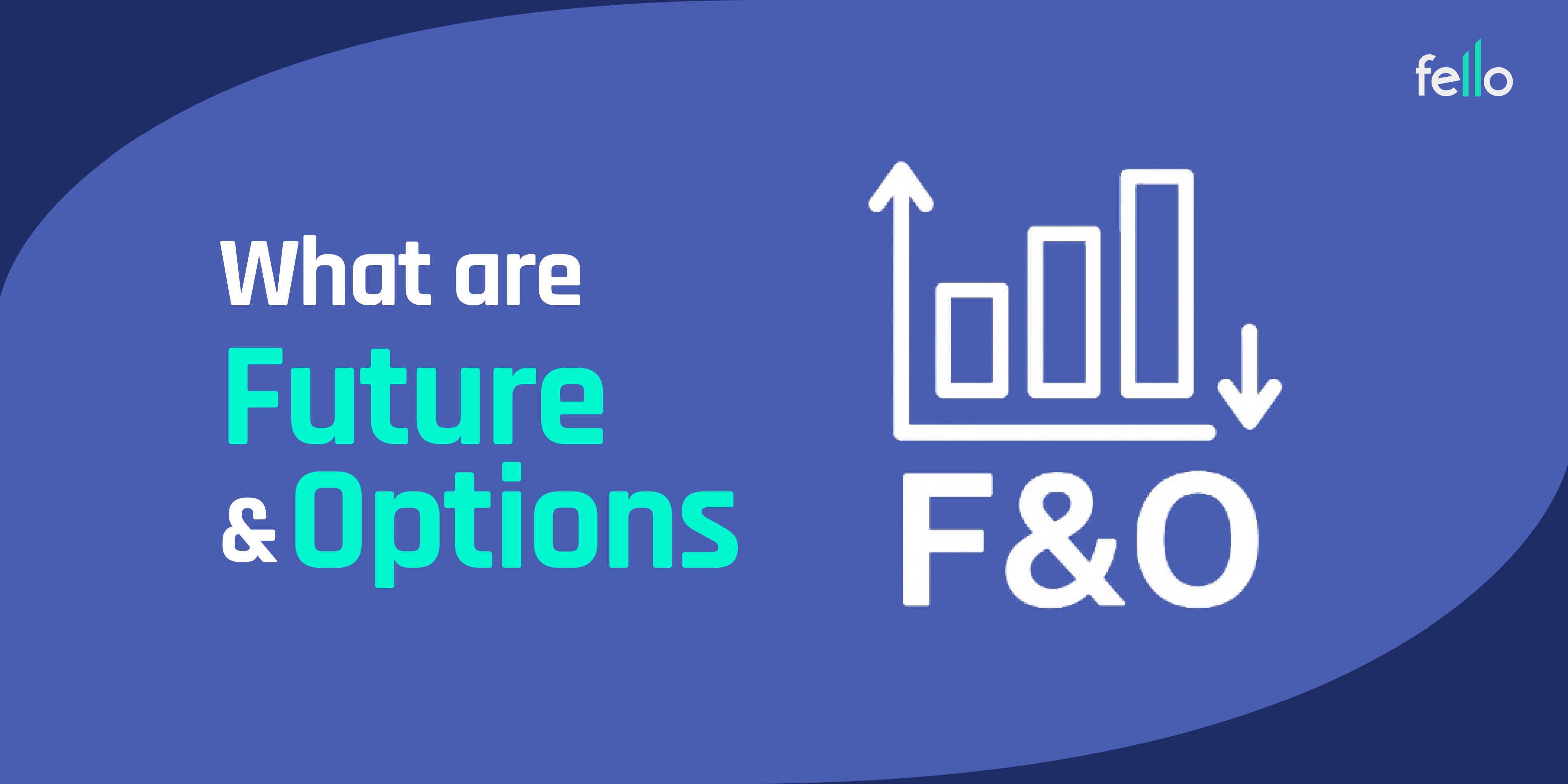In the world of financial markets, Futures and Options (F&O) are two of the most popular derivative instruments. They allow traders and investors to hedge risks, speculate on price movements, and diversify their portfolios. But for beginners, these terms can seem complex. This guide breaks them down simply, explaining how they work, their differences, and the key things to know before investing.
What Are Derivatives?
Before understanding futures and options, let’s start with the basics.
A derivative is a financial contract whose value is derived from an underlying asset—like stocks, commodities, currencies, or indices.
Common examples of derivatives include:
- Futures
- Options
- Forwards
- Swaps
Among these, futures and options are the most commonly traded on stock exchanges like the NSE and BSE in India.
What Are Futures?
A Futures Contract is an agreement between two parties to buy or sell an asset at a predetermined price on a specific future date.
Example:
Suppose you agree to buy 100 shares of Reliance Industries at ₹2,500 per share three months from now. Even if the price rises to ₹2,800 later, your cost remains ₹2,500.
You’ve locked in your future price—that’s a futures contract.
Key Features of Futures:
- Obligation: Both buyer and seller must fulfill the contract at expiry.
- Margin Requirement: Traders must deposit an initial margin with the exchange.
- Standardized: Futures contracts are standardized and traded on regulated exchanges.
- Mark-to-Market: Daily profit/loss is adjusted in your trading account.
What Are Options?
An Option Contract gives the buyer the right, but not the obligation, to buy or sell an asset at a fixed price before or on a specific date.
There are two main types of options:
- Call Option: Right to buy an asset at a specific price (strike price).
- Put Option: Right to sell an asset at a specific price (strike price).
Example:
You buy a Call Option on Infosys with a strike price of ₹1,400. If the market price rises to ₹1,500, you can exercise your right and buy at ₹1,400—earning ₹100 profit per share (minus premium).
If the price falls, you can simply let the option expire—your loss is limited only to the premium paid.
Key Differences Between Futures and Options
| Feature | Futures | Options |
|---|---|---|
| Obligation | Buyer and seller are both obligated to fulfill the contract | Buyer has the right, not the obligation |
| Upfront Cost | Only margin required | Buyer pays premium; seller deposits margin |
| Risk | High (losses can be unlimited) | Limited to premium paid (for buyers) |
| Profit Potential | Unlimited for both long and short | Unlimited for call buyers; limited for put buyers |
| Usage | Hedging and speculation | Hedging, speculation, and income generation |
Why Do Traders Use Futures and Options?
Futures and options are not just for large institutions—many retail investors use them for risk management and leverage. Here’s why they’re popular:
- Hedging Risk: Investors use F&O to protect against adverse price movements.
Example: A farmer hedging crop prices or a trader hedging stock positions. - Speculation: Traders bet on short-term price movements to earn profits.
- Leverage: F&O lets investors take large positions with limited capital.
- Portfolio Diversification: Adding derivatives can balance portfolio risk.
How Are Futures and Options Traded in India?
In India, NSE and BSE are the primary exchanges for F&O trading.
You can trade F&O on:
- Stock Derivatives (e.g., Infosys, Reliance, HDFC Bank)
- Index Derivatives (e.g., NIFTY 50, BANK NIFTY)
- Currency & Commodity Derivatives
Requirements:
- A demat and trading account with F&O enabled.
- Margin money as per exchange rules.
- KYC verification and income proof (since it involves higher risk).
Risks Involved in Futures and Options
While F&O can boost profits, they also carry significant risks:
- High Volatility: Price movements can be unpredictable.
- Leverage Risk: Small changes in price can lead to big gains or losses.
- Time Decay (in Options): Option value decreases as expiry nears.
- Market Liquidity: Some contracts may have low liquidity, making it harder to exit positions.
Tip: Always use stop-loss orders and trade only after understanding margin and settlement rules.
Who Should Invest in F&O?
Futures and options are ideal for:
- Experienced investors seeking higher returns.
- Traders who can actively monitor markets.
- Institutions using derivatives for hedging.
Beginners should start with paper trading or small positions, and gradually learn how F&O works before committing significant capital.
Conclusion
Futures and options can be powerful tools for hedging, speculation, and wealth creation—if used wisely. However, due to their leveraged nature, they carry higher risk than regular stock trading.
Whether you’re an investor looking to protect your portfolio or a trader seeking short-term opportunities, understanding the basics of F&O trading is essential.
By learning how these instruments work—and the difference between rights vs obligations—you can make smarter, more confident trading decisions.

